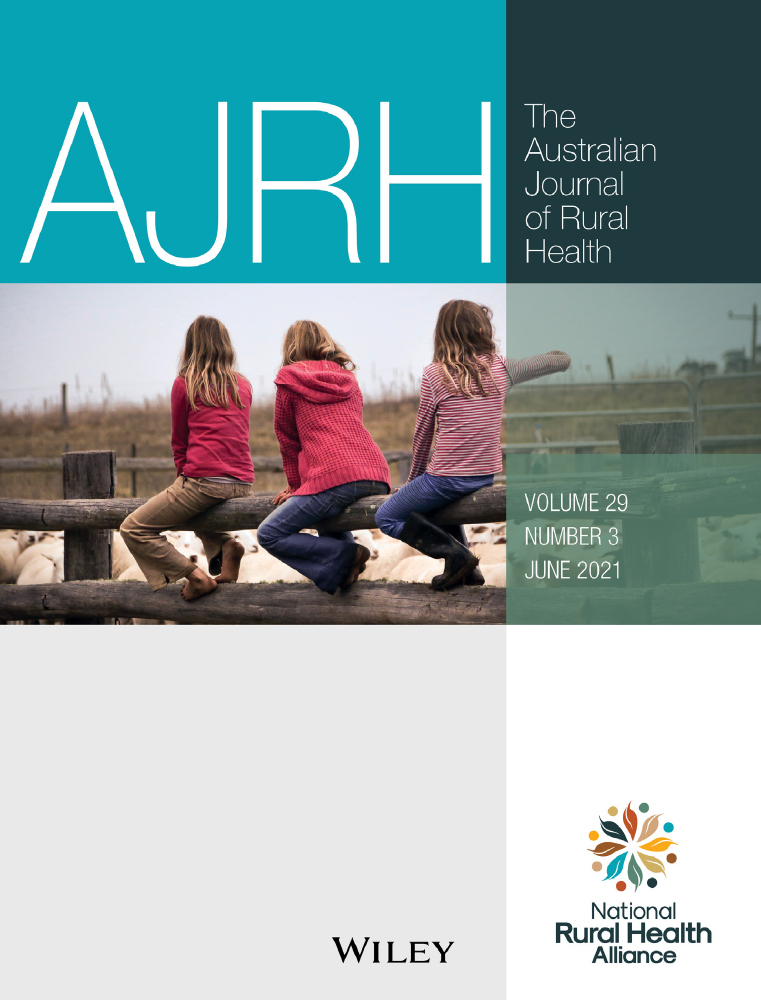Comparison of severe on-farm injuries to older and younger persons in New South Wales (2012-2016)
Abstract
Objectives
To assess and compare rates of severe on-farm injury for older (> 50 years) and younger (15-49 years) cohorts, on NSW farms.
Design
Descriptive retrospective epidemiological study of the New South Wales Trauma Registry (Institute of Trauma and Injury Management - ITIM) for persons injured on a farm.
Setting
New South Wales, Australia.
Participants
Cases involving persons (≥15 years), with data on the NSW Trauma Registry (2012-16).
Main outcome measures
Comparison of injury rates and severity between younger (15-49 years) and older (50+ years) cohorts over the 2012-16 period based on Injury Severity Scores (ISS).
Results
Older males are injured at a rate that is roughly 18% higher than younger males and 13% higher than the overall injury rate. Older individuals also have significantly longer hospital stays post-injury (P = 0.01), with this being most pronounced for older men (P < 0.01). There was no statistically significant difference in ISS demonstrated between the age cohorts (P = 0.64), except for younger women having higher median ISS than their older female counterparts (P = 0.02).
Conclusion
Overall, the general trends displayed support the contention that older males are more likely to incur a severe on-farm injury than their younger counterparts. This provides support for a preventative focus targeting older farmers in NSW.
CONFLICT OF INTEREST
The authors declare no conflict of interest.




